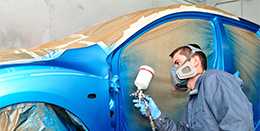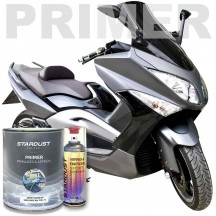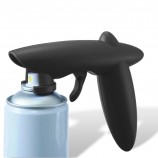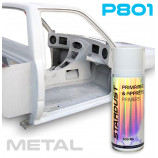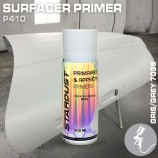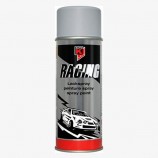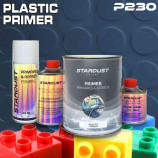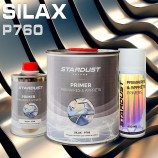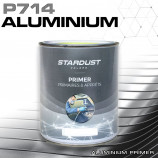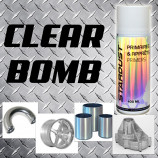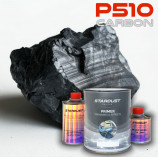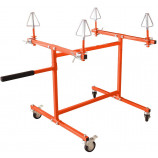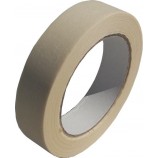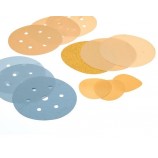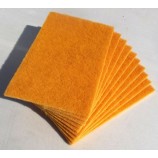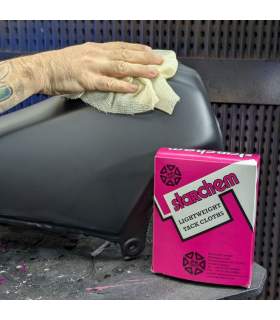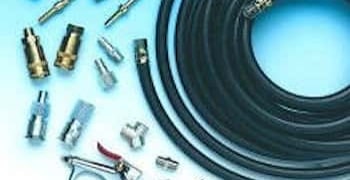Painting your scooter like a pro, even without knowledge or equipment, is possible ! Whatever the type of scooter paints, it starts with the preparation work involving some manual actions and the application of some scooter primers on the fairings.
Understanding the why and how is the most important thing. So here are our tips :
Do I have to apply a primer ?
Not necessarily, certainly not a primer for adhesion, since usually all the parts of the fairings of a scooter are already treated and covered with a primer, paint, etc...
We will use a primer to fill in light scratches and scuffs.
If they are more than that, for example notches or holes, we fill with putty before applying the primer.
The ultra-fine grain of the primer, which is a thick product that is easy to sand once dry, will create a perfect, level and smooth surface after sanding with P320 or P400.
Know and understand how to use scooter primers and consumables
How to sand ?
Dry or wet sanding is what you often see in the instructions. Just know that if you have the time and want to do high quality work, then hand and wet sanding is the way to go. But be careful ! When you simply sand by hand with the sanding sheet, you don't reduce the defects well. Bare hand sanding should be done on curved areas and delicate edges. On flat areas, use a block or a flat object.
What are the steps in order of preparation before painting ?
Sanding with 320 (this does not mean removing the paint !)
Puttying and sanding (240/320)
Application of primer then sanding (320/500)
Degreasing (with an anti-silicone degreaser, alcohol or household vinegar)
Dusting just before painting
What are the consumables and primers to use to paint a scooter ?
If you are painting with a spray can, feel free to use the plastic handle to prevent fatigue and inaccuracy.
To apply the degreaser : use disposable wiping paper to deposit the product and then use a new and clean paper to remove the product !
Concerning the « tack cloth », it is a kind of sticky cloth, which is convenient to catch the last dust just before spray painting.
Make a decoration with several colors on the fairings
After thinking and considering your project, how you will carry it out, you can start painting, starting with the lightest shade.
After sufficient drying, we can lay the foundations of masking, using adhesives. But before that, it is necessary to lightly sand the entire freshly painted area.
At each stage of painting, if it exceeds thirty minutes, it is necessary to repeat the sanding, if you want the next coats can adhere properly.
For masking, there are the classic adhesives, as well as the adhesive lines to make complex rectilinear applications.
Last advice, for the disassembling and the operating mode
If you can not afford the services of a professional painter, you can do this in your garage or even in your garden. It should be understood that only the action of varnishing is afraid of dust. The most important condition is to have sufficient air flow.
To repaint the parts of a scooter, it is necessary to disassemble the bodywork of the scooter, unless it is a small touch-up.
The best way is to place the parts flat on a grid, 1 meter from the ground.







